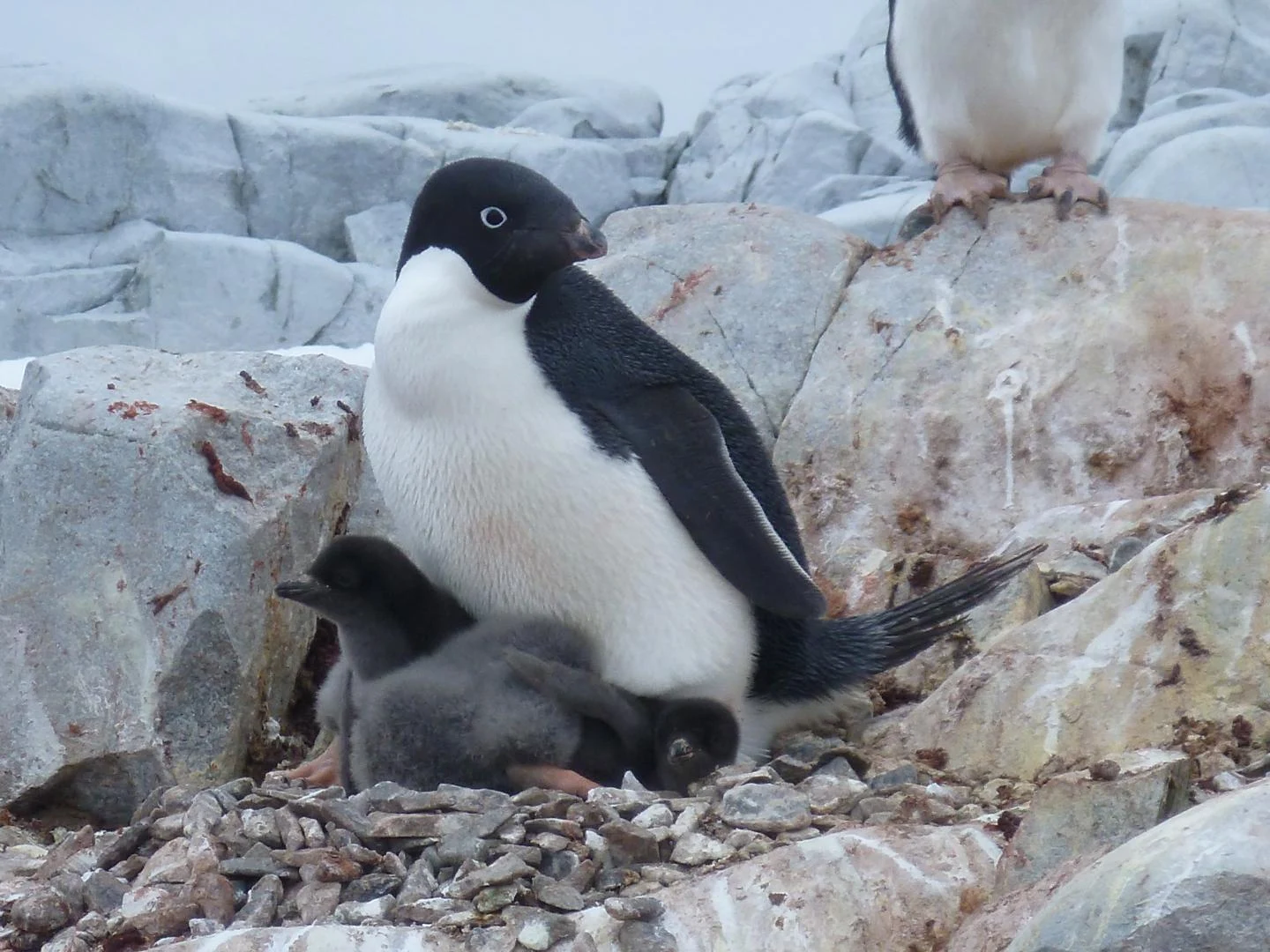An Adelie penguin. Credit: University of Delaware
The University of Delaware scientists project that approximately 30 percent of current Adelie colonies may be in decline by 2060, and approximately 60 percent of the present population might be dwindling by 2099.
The current status of Adуlie penguin colonies. Credit: NASA.
The projected changes to the status of Adelie penguin colonies through the year 2099. Credit: NASA.
"Scientific Reports" (June 29)
The University of Delaware scientists project that approximately 30 percent of current Adelie colonies may be in decline by 2060, and approximately 60 percent of the present population might be dwindling by 2099.
The current status of Adуlie penguin colonies. Credit: NASA.
The projected changes to the status of Adelie penguin colonies through the year 2099. Credit: NASA.
"Scientific Reports" (June 29)



This post may contain affiliate links. As an Amazon Associate, I earn from qualifying purchases.